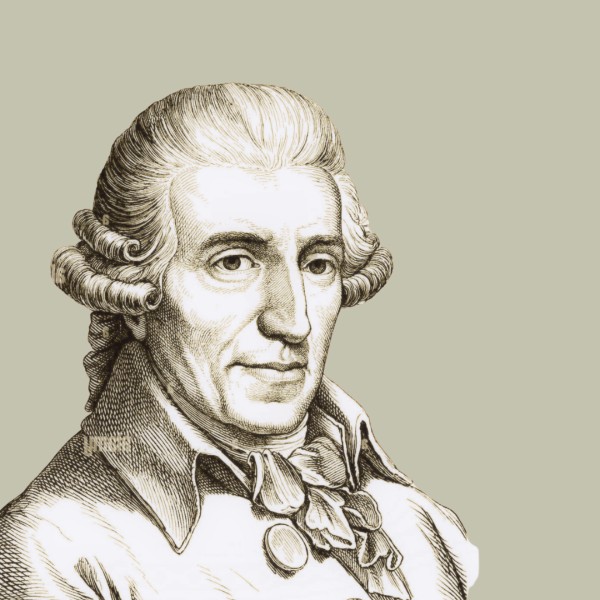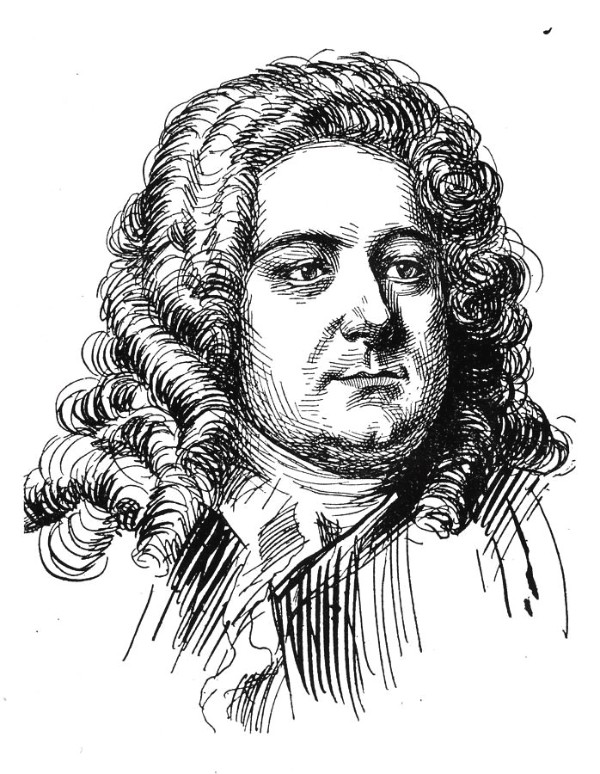Classical music composers have always been drawn to the inspiration present in the natural world, and many have gotten close to it by gardening themselves or even writing music about gardens.

© britannica.com
Today, we’re looking at ten pieces of classical music about gardens and the stories behind them. No need for a green thumb today: just open ears!
William Byrd: All in a Garden Green (1590)
William Byrd was an English Renaissance composer who was one of Britain’s first great composers.
In 1590, he produced a collection of sheet music called My Ladye Nevells Booke, consisting of 42 pieces of keyboard music. (Lady Neville was an English aristocrat who may have been Byrd’s pupil.)
All in a Garden Green appears in this collection.
Edward MacDowell: To a Water Lily from the Woodland Sketches (1896)
In 1896, American composer Edward MacDowell and his wife bought a house in the countryside of New Hampshire.
That summer he wrote a series of ten slender pieces for solo piano, and called them Woodland Sketches.
The most popular of the ten was the first, To a Wild Rose, but the sixth, referring to a water lily floating in a garden pond, is just as charming.
Claude Debussy: Jardins sous la pluie from Estampes (1903)
Estampes (“Prints”) is a three-movement work for solo piano.
Jardins sous la pluie (“Gardens in the Rain”) is the final movement. It was inspired by a garden in Orbec, France, a quaint town in Normandy.
The piano portrays heavy spatters of rainfall in cascades of pitter-pattering sixteenth notes falling on the leaves and flowers.
Frederick Delius: The Walk to the Paradise Garden from A Village Romeo and Juliet (1907)
The inspiration behind the opera A Village Romeo and Juliet was a short story by Swiss author Gottfried Keller. Composer Frederick Delius and his artist wife then wrote the opera’s libretto, which follows the story of two young peasant lovers whose families are feuding over land.
Delius wrote this orchestral interlude as a bit of bonus content right before the opera’s premiere. However, despite those unassuming origins, it is the only part of the opera that is still heard with any regularity today.
Maurice Ravel: The Fairy Garden from the Mother Goose Suite (1910)
In 1910, Maurice Ravel wrote a five-movement suite for piano duet called the Mother Goose Suite. Later he rearranged it for orchestra.
He dedicated the work to Mimi and Jean Godebski, the six and seven-year-old siblings of two of his friends.
Each movement portrays a detail from a fairy tale. The finale, subtitled The Fairy Garden, begins with melancholy strings that call to mind his Pavane for a Dead Princess.
Soon, sparkling harp, winds, and solo violin and viola join in, creating a truly magical garden atmosphere.
Manuel de Falla: Nights in the Gardens of Spain (1915)
When Spanish composer Manuel de Falla initially began writing this work in 1909, he conceived of it as a set of nocturnes for solo piano.
However, a pianist friend suggested that he recast them as a work for piano and orchestra, and the rest is history. In 1915, the work was completed in its current form.
Nights in the Gardens of Spain portrays three locales: gardens at a palace in Granada, a “distant” garden in which a dancer dances, and one in the mountains of Córdoba.
Albert Ketèlbey: In a Monastery Garden (1915)
British composer Albert Ketèlbey was born in 1875 in Birmingham. He became a renowned conductor and composer of light orchestral and early movie music and one of the most popular composers in England.
His first big success was In a Monastery Garden. He allegedly wrote it after visiting such a garden in real life…although which one, historians are not completely sure.
There are a variety of stories about where and how this piece came to be, but this is the tale that Ketèlbey himself told in 1926:
The first inspiration to write the piece came to me during a visit to Scarborough. [Historians aren’t sure this is accurate, given conflicting reports.] I happened to drive over to Bridlington one day, and on the way, I visited a beautiful old monastery. Its quietude and its aloofness from the gaiety of the world at its doors seemed to cry aloud for expression through the medium of the orchestra. I had an idea, and when I returned home, I set to work to draw a musical picture of the scene as it had impressed itself upon my mind – the chanting of the monks, the serenity and calm of the landscape, and the emotional aspect generally.
Percy Grainger: Country Gardens (1918)
Australian composer Percy Grainger was obsessed with lots of things, but one of his greatest hyperfixations was folk song.
In 1918, he transcribed the folk song Country Gardens for piano, and it became very popular. Later, when arranging it for orchestra, he deliberately added some “wrong” notes for interest.
He wrote, “The typical English country garden is not often used to grow flowers; it is more likely to be a vegetable plot. So you can think of turnips as I play it.” Fair enough!
Benjamin Britten: Down by the Salley Gardens (ca 1940)
As the shadow of war crept across Britain in the late 1930s, English composer Benjamin Britten had a great deal on his mind.
He spent time in America, where he fell in love with his friend, tenor Peter Pears. Britten and Pears ended up becoming lifelong personal and professional partners.
During the war, the two lovers got homesick and returned to Britain, despite the fact they enrolled as conscientious objectors.
As a way of staying connected with his homeland, Britten wrote arrangements of seven folk songs (unsurprisingly, for tenor).
Down the Salley Gardens is a wistful song in which the narrator remembers a past love, words thick with remorse.
Toru Takemitsu: A Flock Descends Into The Pentagonal Garden (1977)
Toru Takemitsu was a Japanese composer who combined musical influences from his homeland with European traditions, to magical effect.
In Japanese gardens, designers often use the numbers three, five, or seven to create a sense of balance and harmony. Takemitsu communicates this idea using a five-note pentatonic scale, which is common in Japanese music.
He wrote that the work includes “shifting panorama of scenes in which the main motif – introduced by the oboe and representing the so-called ‘Flock’—descends into the harmonious tone-field called the ‘Pentagonal Garden’, created mainly on the strings.”
Conclusion
These ten pieces barely scratch the surface of classical music inspired by gardens and flowers, so be sure to stay tuned for more!
In the meantime, which ones are your favorite?
For more of the best in classical music, sign up for our E-Newsletter


